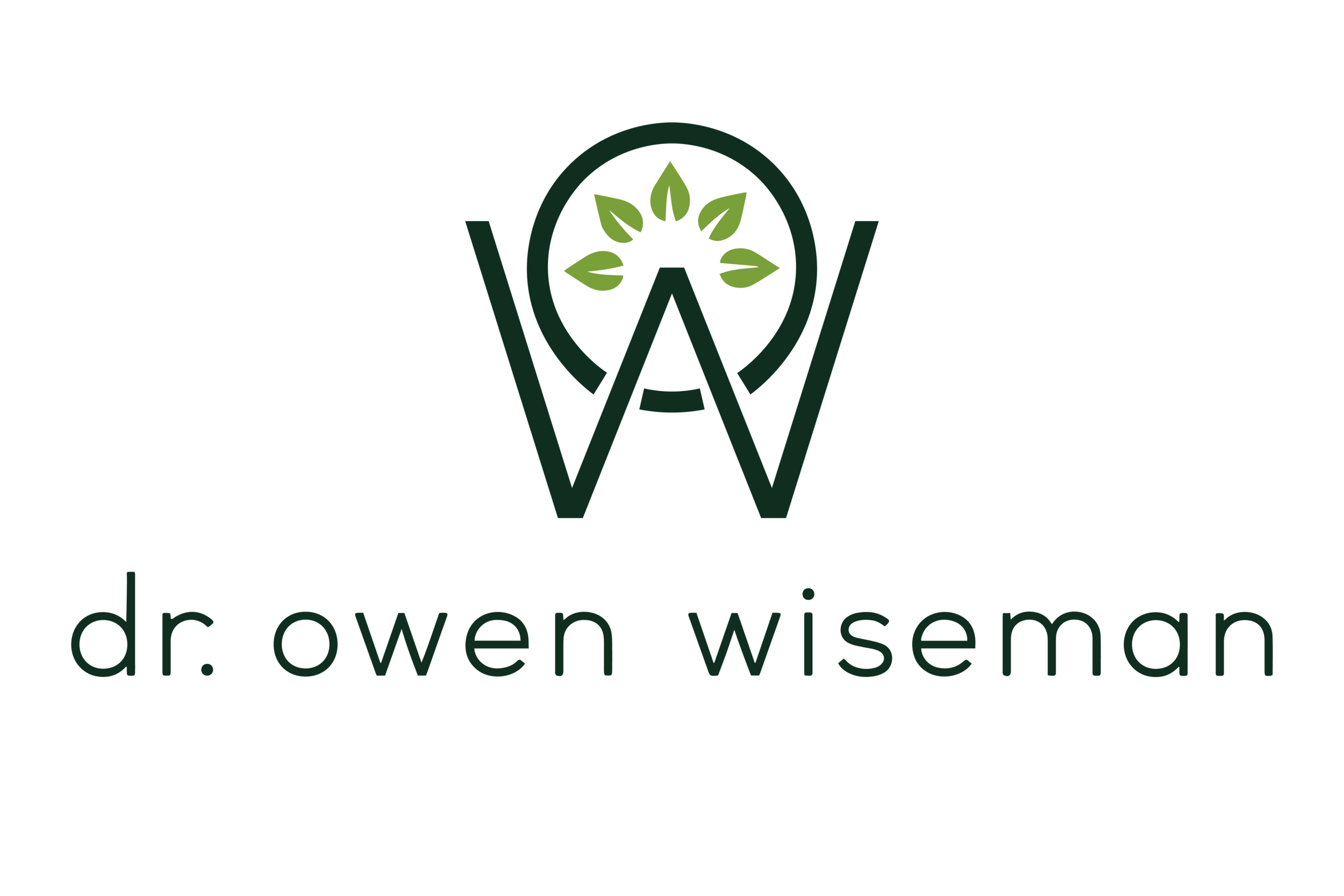How Mapping Data Using Normalized Difference Vegetation Index (NDVI) Can Help Us Develop Strategies to Build Better Cities
Ever wonder how city planners know where to build parks, hospitals, and schools? Or how they decide which areas need more green space? They do it by analyzing data, and one of the ways they analyze that data is through something called the normalized difference vegetation index (NDVI).
Keep reading to learn more about NDVI and how it can help us develop strategies to build better cities.
Understanding the relationship between built and natural environments is essential to finding ways to build more sustainable, liveable cities. This is where the normalized difference vegetation index comes in. NDVI is a mapping tool that allows us to see at a glance, the density of vegetation in an area. By understanding where there are areas of high and low vegetation density, we can develop strategies for building more sustainable cities.
The first step in using NDVI is to identify the study area. The study area is typically a city or town, but it can also be a neighbourhood or even a specific block. Once the study area has been identified, NDVI mapping can begin.
NDVI mapping uses satellite data to measure the amount of visible green within each pixel of an image. The images are then processed using algorithms to create a continuous map of vegetation density. This map can be used to identify areas of high and low vegetation density.
Highly dense vegetated areas are often associated with parks, nature reserves, and other green spaces. These areas provide critical habitats for wildlife and provide opportunities for people to connect with nature. Low-density vegetated areas, on the other hand, are often associated with urban sprawl and development. These areas often lack adequate green space and can be difficult to live in sustainably.
For example, let’s say a city planner wants to improve the walkability of a city. They would first look at a map of the city to see where the areas of high vegetation density are. They would then develop a plan to create more green space in these areas by adding trees or planting grass. This would not only make the city more livable, but it would also help improve air quality and reduce noise pollution.
This is where the work of companies like NatureQuant becomes instrumental. This Oregon-based tech company has synthesized multiple nature quantification data-sources through a machine-learning process to deliver a “NatureScore” that maximizes the health benefits of nature exposure.
They are already working with Harvard T.H. Chan School for Public Health, PlanIT Geo, the MIT Sensible City Lab, the National Park Service, Parks Rx and more.
Mapping data using NDVI is a valuable tool for understanding the relationship between built and natural environments. By understanding where there are areas of high and low vegetation density, we can develop strategies for building more sustainable cities.
In this way, NDVI can help us build better cities for all.


